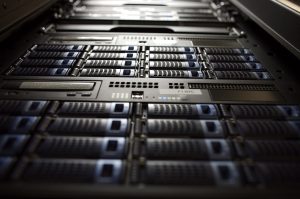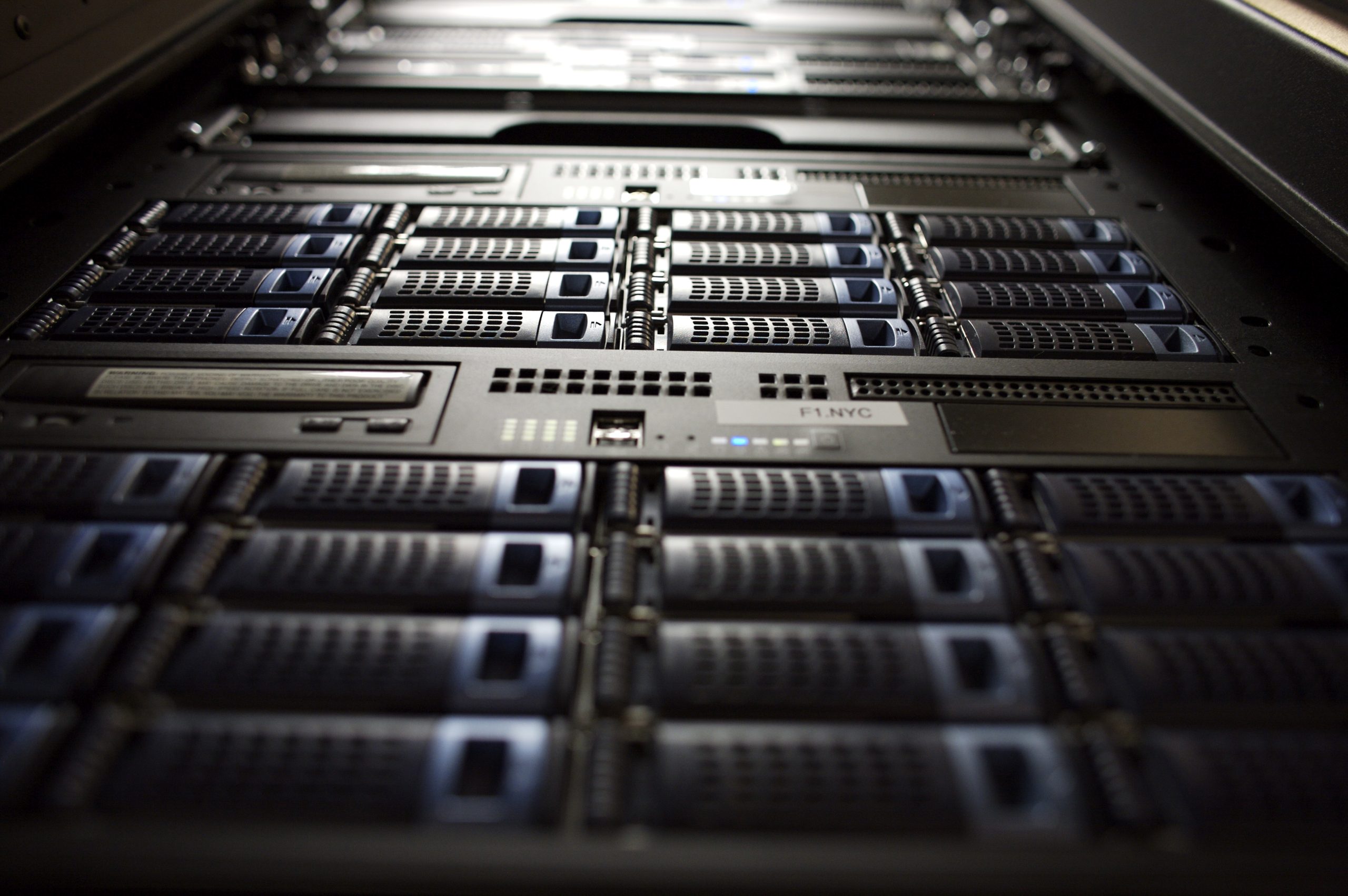 Buying data storage for your business used to be pretty simple. You’d get a hard disk array, complement it with a tape backup and that was it. The biggest decision was whether to use ATA or SCSI disks. Now, however, the decision is much more difficult. Applications and data take up more space but require faster access times, especially when customers access that data directly.
Buying data storage for your business used to be pretty simple. You’d get a hard disk array, complement it with a tape backup and that was it. The biggest decision was whether to use ATA or SCSI disks. Now, however, the decision is much more difficult. Applications and data take up more space but require faster access times, especially when customers access that data directly.
So how do you find the right balance between speed and space? Many have turned to either hybrid drives — which use a mix of disk and solid state storage — and full solid-state drives (SSDs). What’s the best option, though? Well, that depends on you and your business needs.
Hybrid Storage
Hybrid arrays and drives are the most cost-effective way to add flash to an existing storage array. You can configure your array to automatically use the hard disk storage for infrequently accessed files and the flash storage for files that need to be ready at a moment’s notice. All sequential data is on the hard disk portion, using the technology to its maximum benefit, while random read/writes happen in flash. It’s efficient and low cost compared to an all-flash array with the same physical size.
Solid-state Storage
All-flash setups are high-performance storage schemes, but they also have higher physical resilience than hard disks. Whereas hard drives rely on mechanical spinning disks that can fail if physically disturbed, flash storage arrays have no moving parts whatsoever. That means there are no motors to wear out and no read-write heads to crash. Also their performance doesn’t degrade over time. They cost more per gigabyte than traditional storage or hybrid storage, but there are ways to mitigate that.
Use Cases
So when would you use one storage medium over another? Let’s start with hybrid arrays:
Many businesses use hybrid storage to augment traditional disk-based storage, particularly if they aren’t ready to invest in an all-flash solution. In this case, flash storage is added to an existing storage platform. If much of your data is sequential or archived content — people don’t use it often or it’s an NFS server — you can safely choose hybrid storage. All your high-priority files that people use regularly will stay on the speedier flash and the sequential data will stay on the disk.
If, however, you run virtual desktops, large databases or render video, all-flash will provide a better trade-off of IOPS per dollar. Any task with randomized I/O will be much faster on flash, because you don’t have to wait for physical parts to move. Flash doesn’t care if the next chunk of a file is in the next sector or thousands of sectors over. It’ll take the same amount of time. When you add in data deduplication, compression and thin/thin provisioning, you can actually end up with as much logical storage space on a flash array as you’d get on a hard disk array. You just need the right equipment.
Investing in new storage technology isn’t expensive, but if you do it the right way, you can improve your system’s speed and reliability to the point that the system will reduce your overall operation cost. Don’t invest in something you don’t need, but don’t skimp on it, either.

